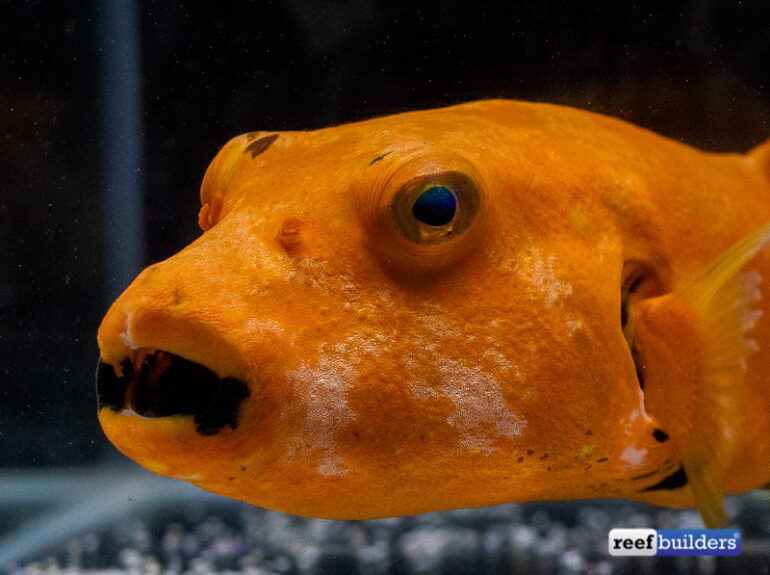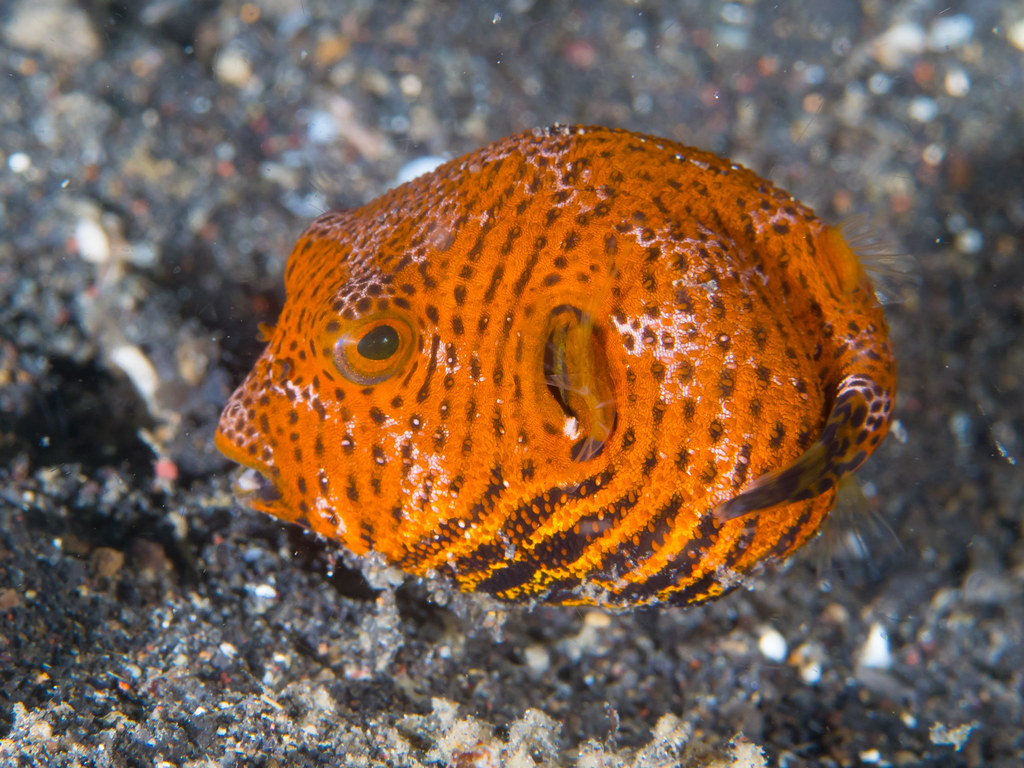Orange Puffer Fish
Orange puffer fish are one of the most intriguing and visually appealing species in the world's oceans. With their striking orange coloration and unique anatomy, these fish are a subject of fascination for marine biologists, aquarium enthusiasts, and nature lovers alike. In this blog post, we will explore the world of orange puffer fish and reveal some fascinating facts about these enigmatic creatures.
The Pain Points of Orange Puffer Fish
Orange puffer fish are a challenging species to care for due to their specific dietary requirements. In captivity, they need a constant supply of live food, such as shrimp and crabs. Additionally, puffer fish contain a toxic substance called tetrodotoxin that is fatal in certain doses, making them a hazardous choice for novice aquarium owners.
Target of Orange Puffer Fish
Orange puffer fish are primarily found in the warm waters of the Pacific Ocean, particularly around the coral reefs of Hawaii and Indonesia. They are a popular target for aquarium collectors and are often sought after by divers seeking to catch a glimpse of these beautiful fish in their natural habitat.
Summary of Points
In summary, orange puffer fish are a unique and fascinating species that require special care in captivity due to their specific dietary requirements and toxic anatomy. They are primarily found in the warm waters of the Pacific Ocean and are popular with aquarium enthusiasts and divers alike.
Orange Puffer Fish – Personal Experience
I will never forget the first time I saw an orange puffer fish in the wild. I was snorkeling off the coast of Maui, and I suddenly saw a bright-orange ball-like creature floating effortlessly in the waters below me. As I got closer, the little fish swam away, revealing its intricate patterned back and adorable fins. Since then, I have been fascinated by these intriguing creatures and have learned more about them.

Caring for Orange Puffer Fish
As previously mentioned, orange puffer fish are difficult to care for in captivity. They require a varied diet of live foods such as shrimp, crabs, and mollusks to maintain their health and optimal growth. Additionally, they require a large tank with ample swimming space and numerous hiding spots to prevent boredom and stress.

Preserving the Habitat of Orange Puffer Fish
One of the most critical aspects of preserving the habitat of orange puffer fish is protecting their natural ecosystems. Coral reefs, in particular, are essential for their survival, as they provide food, shelter, and breeding grounds for these fish. To help preserve the habitat of orange puffer fish, it's essential to reduce pollution, implement sustainable fishing practices, and promote the conservation of natural marine environments.

The Features and Anatomy of Orange Puffer Fish
Orange puffer fish are named for their round, balloon-like shape and bright-orange coloration. They have a unique anatomical feature that allows them to inflate themselves up to three times their original size to defend against predators. This inflation occurs due to the expansion of their stomachs and causes the fish's spines to become erect, making it difficult for predators to swallow them.
Facts About Orange Puffer Fish
Did you know that orange puffer fish have an average lifespan of 15 years in captivity and up to 25 years in the wild? Or that these fish can change their coloration depending on their mood or environment? These are just a few fascinating facts about this extraordinary species.
Question and Answer
Q:
Are orange puffer fish dangerous to humans?
A:
While orange puffer fish contain a toxic substance called tetrodotoxin, they are only dangerous to humans if ingested. As long as you do not consume the fish, you are safe.
Q:
What should I feed my orange puffer fish?
A:
Orange puffer fish require a varied diet of live foods such as shrimp, crabs, and mollusks to maintain their health and optimal growth. It's essential to avoid feeding them dried or processed foods, as this can lead to digestive issues and nutritional deficiencies.
Q:
What is the average size of an orange puffer fish?
A:
Orange puffer fish can grow to be up to 12 inches in length and weigh up to 3 pounds.
Q:
Can I keep multiple orange puffer fish in the same aquarium?
A:
No, it's not recommended to keep multiple orange puffer fish in the same aquarium, as they can be territorial and aggressive towards other fish.
Conclusion of Orange Puffer Fish
In conclusion, orange puffer fish are a unique and captivating species that require special care in captivity. They are primarily found in the warm waters of the Pacific Ocean and are a popular target for aquarium enthusiasts and divers. By educating ourselves and implementing sustainable practices, we can help to preserve the habitat of these magnificent creatures for generations to come.
Gallery
Juvenile Starry Pufferfish (Arothron Stellatus) | Lembeh Strait, North

Photo Credit by: bing.com / pufferfish arothron strait lembeh juvenile stellatus sulawesi starry
Orange Starry Puffer Is A Remarkable And Gorgeous Oddity | Reef

Photo Credit by: bing.com / puffer orange starry remarkable oddity gorgeous olympus camera digital saltwater
Orange Starry Puffer Is A Remarkable And Gorgeous Oddity | Reef

Photo Credit by: bing.com / orange puffer starry remarkable oddity gorgeous
Bright Orange Puffer | Sea Animals, Ocean Animals, Life Under The Sea

Photo Credit by: bing.com / puffer sea kaskus
Absolutely Fish Photo Gallery - Puffers
Photo Credit by: bing.com / puffers orange ship fish puffer stellatus
